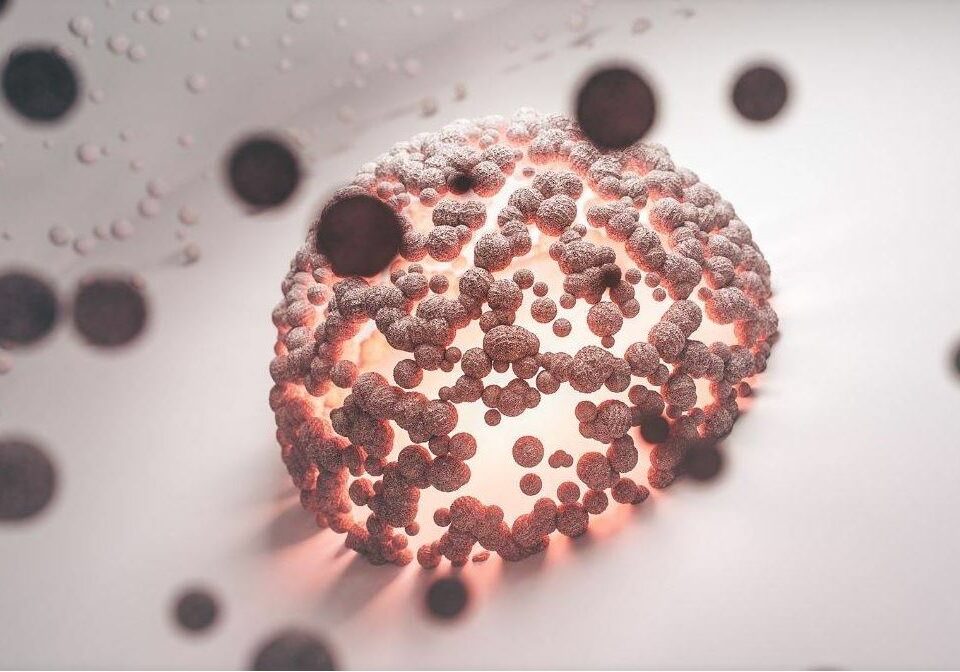The smart medicine revolution is reshaping the global pharmaceutical market

Advances in nanotechnology, biosensors, and artificial intelligence are redefining drug delivery, with a growing impact on therapeutic efficacy, patient adherence, and global pharmaceutical development.

Consalud.es
For decades, drug formulation has been based on relatively simple controlled release principles: the active ingredient is dispersed and acts systemically, affecting both diseased and healthy tissues. However, this model faces increasingly evident limitations in chronic, oncological and neurodegenerative diseases, where therapeutic precision and minimisation of side effects are essential.
In this context, Smart Drug Delivery Systems (SDDS) are emerging, a technology that combines advanced materials, biomedical sensors and adaptive algorithms to enable the drug to ‘know’ when, where and how to act. According to the study published in the International Journal of Scientific Research in Medical and Technical Sciences (2024), these systems represent ‘the natural evolution towards truly personalised and dynamic pharmacotherapy’.
Unlike conventional formulations, SDDS are capable of responding to biological or environmental stimuli. This includes variations in pH, temperature, enzyme concentration, or even electrical and magnetic signals. For example, in tumour environments where the pH is more acidic, certain nanopolymers designed with bonds sensitive to this parameter can selectively disintegrate, releasing the chemotherapeutic agent only in the affected area.
Among the most advanced technologies are polymeric and liposomal nanoparticles, which improve the solubility and biodistribution of the drug; multi-stimulus-responsive systems, capable of responding sequentially to more than one physiological parameter; smart hydrogels and micelles, which allow for prolonged or on-demand release; and ligand- or antibody-directed nanocarriers, designed to recognise specific receptors on target cells.
These systems not only improve efficacy, but also significantly reduce adverse effects and dosing frequency, resulting in better therapeutic adherence.
Technology, artificial intelligence and precision medicine
The article highlights a key trend: the convergence of nanotechnology and artificial intelligence (AI). Implantable biosensors can monitor biomarkers such as glucose, blood pressure, or oxygen levels in real time, transmitting the information to an AI-based control unit. This, in turn, can decide when to release the drug and in what quantity.
This is a self-adjusting treatment model, in which the patient is no longer a passive recipient of the drug but becomes an active node within a digital health ecosystem. In type 1 diabetes, for example, devices are being studied that combine glucose sensors with smart insulin micro-pumps capable of self-regulating the dose. In oncology, experiments are being conducted with nanocapsules that, guided by external magnetic fields and controlled by predictive algorithms, can concentrate drugs in tumours with micrometric precision.
Although many of these technologies are still in the experimental phase, some have already been transferred to clinical settings. In the field of oncology, smart liposomes (such as Doxil® or Myocet®) have demonstrated an improved pharmacokinetic profile and lower cardiac toxicity. In neurology, nanoparticles capable of crossing the blood-brain barrier are being developed to treat diseases such as Alzheimer’s or Parkinson’s, a historic challenge in brain pharmacology.
In infectious diseases, sustained-release SDDS offer an effective alternative to bacterial resistance by maintaining optimal therapeutic concentrations for longer periods of time. The clinical impact is not limited to efficacy: automated dosing and remote treatment monitoring open the way to pharmacological telemedicine, where continuous monitoring and therapeutic adaptation are integrated with digital health platforms.
Regulatory and ethical challenges
Despite their enormous potential, smart delivery systems face significant barriers to widespread adoption. Regulatory agencies such as the FDA and EMA have yet to define clear regulatory frameworks for technologies that combine drugs, electronic devices, and AI software. This hybrid nature creates uncertainties regarding liability, traceability, and clinical validation.
Another key challenge is the biocompatibility and biodegradability of the nanomaterials used. Although many are theoretically safe, their long-term behaviour in human tissue still requires extensive research. Furthermore, the collection and processing of biomedical data in real time raises ethical dilemmas about privacy and medical information security.
The pharmaceutical market facing imminent transformation
Industry analysts estimate that the global market for smart delivery systems could exceed £100 billion by 2032, driven by demand for personalised therapies and the digitisation of the healthcare sector. Major pharmaceutical companies and biotech start-ups are investing in the development of integrated platforms that combine advanced formulations with data analysis modules.
Partnerships between pharmaceutical companies, software companies and medical device manufacturers will be key to accelerating the commercialisation of these hybrid products. In addition, the emergence of quantum computing and synthetic biology promises to optimise the molecular design of delivery systems through advanced simulations.
The concept of ‘Pharmacology 5.0’ summarises this new stage of technological integration, where medicine becomes an intelligent agent, capable of interacting with the human body and the digital environment autonomously. In this scenario, hospitals and laboratories are transformed into data ecosystems, and the therapeutic cycle becomes a continuous flow of information: diagnosis, administration, response, adjustment and evaluation.
The transition will not be immediate, but recent advances point in a clear direction: a model of medicine that is individual-centred, data-driven, preventive and predictive.





